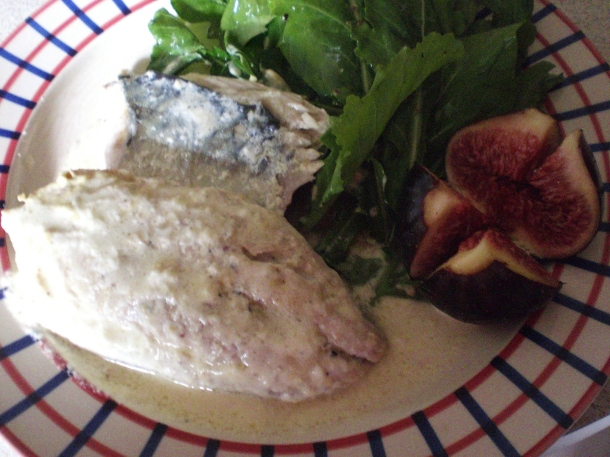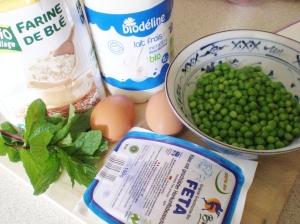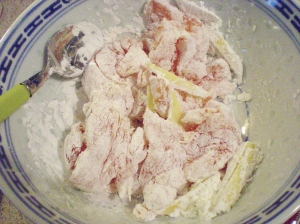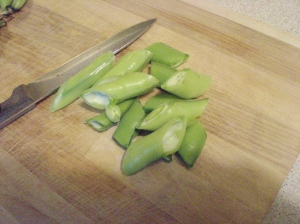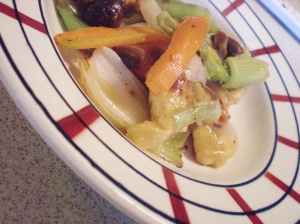Mackerel is just about the cheapest fish you can buy. And one of the healthiest. It is full of the fish oils we should all be eating, and it is caught wild, it cannot be farmed. When I was a child in Dorset, my father used to take us mackerel fishing from Weymouth, in a small fishing boat. The catch was always abundant, which was exciting, and we had mackerel in the freezer for quite a few meals. They are such attractive fish, a bit bony, but iridescently beautiful.
At the fishmonger in France, you can ask to have your mackerel filleted. It makes it easier to avoid the bones, of which few remain. I don’t know if you can get your local fishmonger to do this. If not, mackerel is actually one of the easiest fish to deal with oneself.
The French language bit:
moutarde (feminine noun), une moutarde, la moutarde = mustard. Pronounced mootard (see header audio clip above).
France produces several types of mustard, of which the most famous comes from Dijon. It is strong, and there are several variations, often flavoured with other ingredients such as tarragon or grape must.
Moutarde comes from the Latin mustum ardens (burning (hot) grape must, also the origin of the English word “mustard”). The Chinese cultivated mustard for its seed 3000 years ago, and the ancient Egyptians, the Greeks and the Romans used it to add savour to their food.
There is a French expression “La moutarde me monte au nez!”
which means literally, “the mustard is going to my nose”, in other words, “I am getting angry” or “I am growing impatient”.
My recipe is for mackerel with a cream and mustard sauce, maquereau à la moutarde. It is quite simple, calls for few ingredients, and doesn’t make the whole house smell of fish!
Ingredients for two people:
- 1 large mackerel, filleted (or if you really can’t fillet it or get it filleted, leave it whole, but cook it for twice as long to make sure it is cooked through).
- 100ml liquid cream
- 2tbs Dijon mustard (if you can’t find Dijon, use a good strong flavoursome mustard, nothing sweet)
- half a glass of dry white wine
- 2 fresh figs, or fresh apricots, or another sweet, fresh fruit
- freshly ground black pepper
Preparation:
- Spread the underside of the mackerel fillets with the mustard. Grind fresh pepper on top of that.
- In a shallow pan with a lid, heat the cream and place the mackerel fillets skin side up (mustard side down). Place the lid on the pan, and simmer gently for 3 minutes.
- Turn the fillets with two spatulas so that you don’t break them, add a teeny bit of water if the sauce is too thick, replace the lid and simmer for another 3 minutes.
- Check that the fish is cooked through, but not over-cooked or it will crumble as you serve it. Remove the fillets to two separate, warmed, plates. Add the white wine to the cream and mustard remaining in the pan, and use a gravy whisk to mix it into the cream and get rid of any little lumps there may be. Spoon the sauce over the fillets, garnish with the fig opened up into four from the top side (see photo) and serve with boiled potatoes if you wish, or just a green salad.
In your country, are fishmongers accommodating? Do they offer to scale and fillet fish? I’d be really interested to know whether we are indeed privileged in France!


